Major Differences: Hunting Knife Vs. Survival Knife
The major differences between a hunting knife and a survival knife can be summed up concisely: a hunting knife is primarily designed for hunting and dressing game, while a survival knife is intended for a broader range of tasks, including shelter building and utility purposes. In the world of outdoor gear, the distinction between hunting and survival knives is crucial for those who venture into the wilderness.
The hunting knife, true to its name, is specifically crafted for hunting and the processing of game. Its primary purpose is to swiftly and efficiently dress animals, making it an essential tool for hunters. On the other hand, the survival knife is a versatile tool that goes beyond just hunting.
It is designed to handle various tasks in the wilderness, such as building shelters, preparing food, and performing general utility functions. Understanding the differences between these two types of knives is vital for outdoor enthusiasts, as it ensures they have the right tool for their specific needs and circumstances.
Purpose And Design
A hunting knife and a survival knife serve different purposes and have distinct designs.
The hunting knife is specialized in butchering and dressing game. It features a sharp blade with a sturdy handle, allowing hunters to efficiently process their catch. Its primary function is to assist in field dressing, skinning, and cutting meat. Some hunting knives may also have serrated edges for specific tasks.
On the other hand, a survival knife is a versatile tool that comes in handy during outdoor emergencies. Its design focuses on multipurpose functionality. A survival knife usually has a sturdy blade with a full tang construction, allowing it to handle various tasks such as building shelters, cutting ropes, and preparing food. Additionally, many survival knives feature added functionalities like sawback edges, fire starters, and gut hooks for increased versatility.
While hunting knives and survival knives may share some similarities, their purpose and design differ significantly, catering to the specific needs of hunters and individuals in outdoor survival situations.
Blade Features
A hunting knife and a survival knife have distinct differences when it comes to their blade features. A hunting knife typically has a strong and thick blade designed for slicing and skinning purposes. It enables hunters to cleanly and efficiently process game meat, making it an essential tool for hunting expeditions. On the other hand, a survival knife is known for its sturdy and sharp blade that can handle various tasks. Whether it’s cutting through ropes, branches, or even self-defense, a survival knife is versatile and reliable in outdoor survival situations. While both knives serve different purposes, they are essential tools that cater to specific needs within the hunting and survival realms.
Handle And Grip
| Handle and Grip | |
|---|---|
| Hunting Knife | Ergonomic, non-slip handle for precision |
| Survival Knife | Comfortable, multi-purpose grip for diverse uses |
Hunting knives are designed with an ergonomic handle that provides a comfortable and secure grip. The non-slip feature ensures excellent control and precision, making it ideal for hunters who require accuracy in their cutting tasks.
On the other hand, survival knives prioritize versatility and are built with a grip that caters to diverse needs. The comfortable grip enhances handling during various outdoor activities, making it suitable for survival situations.
Both types of knives offer unique advantages tailored to specific requirements. Whether you need a knife for hunting precision or a multi-purpose option for survival scenarios, consider the handle and grip features that align with your intended use.
Size And Weight
| Size and Weight |
| Hunting knives are typically designed to be smaller and lighter, allowing for easy carry during hunting trips. This size and weight make them convenient for hunters to keep on their person without weighing them down. On the other hand, survival knives are generally larger and heavier, offering robust utility in various survival situations. The increased size and weight of survival knives enable them to handle more demanding tasks such as building shelters, chopping wood, or even self-defense. While both types of knives have their own strengths, the size and weight variations make them suitable for different purposes. Hunters may prefer a smaller and lighter knife for quick and precise tasks, while those focused on survival situations might opt for a larger, more versatile tool. |
Blade Shape And Edge
| Blade Shape and Edge | |
| Hunting Knife: | Curved blade for efficient skinning and gutting. |
| Survival Knife: | Straight blade with serrations for versatile cutting options. |
In a comparison between hunting knives and survival knives, the blade shape and edge play a crucial role. Hunting knives typically feature a curved blade, which is designed for efficient skinning and gutting of game animals. The curved shape allows for precise and controlled movements during these tasks. On the other hand, survival knives are equipped with a straight blade that often includes serrations for versatile cutting options. The straight edge provides better control for tasks such as cutting through ropes or branches in survival situations. Choose the knife that suits your specific needs and the tasks you anticipate in order to make the most of its design and functionality.
Tang And Construction
When it comes to tang and construction, there are major differences between hunting knives and survival knives. Hunting knives typically have a full tang, which means the blade extends fully into the handle, providing maximum strength and durability. This is important for withstanding the rigors of hunting and heavy use. On the other hand, survival knives usually have a partial tang, where the blade extends only partially into the handle. This design offers a balance of strength and lightness, making the knife more versatile in survival situations where weight and portability are crucial. So, if you’re a hunter looking for a knife that can handle demanding tasks, a hunting knife with full tang is your best bet. But if you’re an outdoor enthusiast focused on survival scenarios, a survival knife with partial tang would be a more suitable choice.
See video below:
Extras And Accessories
| Extras and Accessories |
Hunting Knife: Hunting knives often come with a sheath, gut hook, and bone saw. These additional tools cater to specific hunting needs, making dressing and processing game more convenient and efficient. |
Survival Knife: On the other hand, survival knives are frequently equipped with a fire starter, whistle, and other survival tools. These added features are designed to assist in emergency situations, allowing individuals to start fires, create signals, and handle various survival tasks. |
Use And Application
A hunting knife and a survival knife have different use and applications. A hunting knife is primarily used for hunting, camping, and outdoor cuisine. It is designed to help hunters with tasks such as dressing game, cutting through tough materials, and preparing food in the wilderness. On the other hand, a survival knife is suitable for camping, hiking, bushcraft, and emergency situations. It is a versatile tool that can assist with tasks like building shelters, starting fires, cutting materials for survival, and self-defense if needed.
While a hunting knife is more focused on specific activities related to hunting and outdoor cooking, a survival knife is designed to be an all-around tool for surviving in various situations. Both knives have their own unique features and qualities, so it’s important to choose the right one based on your specific needs and the activities you plan to engage in.
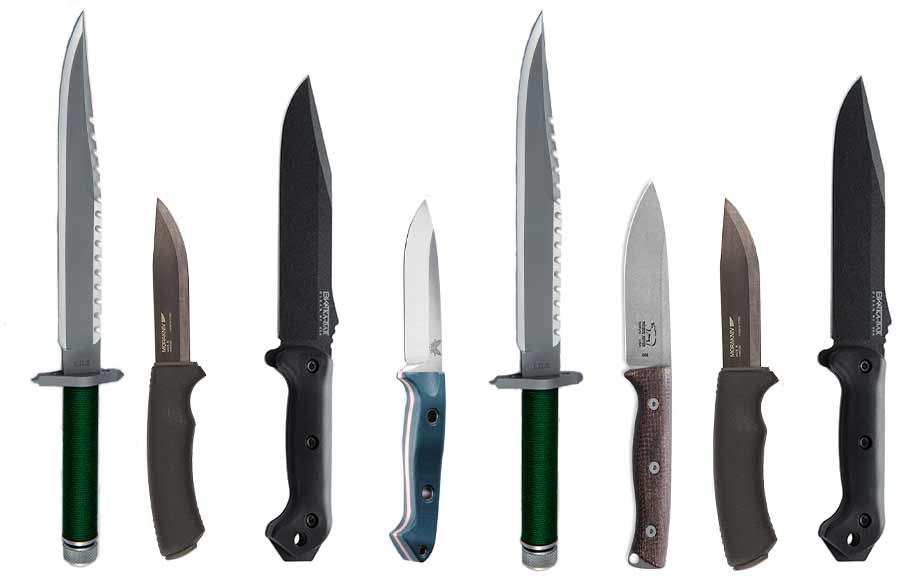
Credit: www.fieldandstream.com
Summary
The major differences between a hunting knife and a survival knife are quite distinct. While both serve distinct purposes, it is crucial to understand their specific functionalities. A hunting knife is designed primarily for hunting game and comes with a strong blade to quickly and efficiently field dress animals.
On the other hand, a survival knife is a versatile tool that can be used for various tasks, including shelter building, fire starting, and food preparation. Its multi-purpose design and durable construction enable it to withstand harsh environments and make it an essential tool for outdoor enthusiasts and survivalists alike.
Remember to consider your specific needs, preferences, and the environment you’ll be in to make an informed decision. Whether you’re a hunter, camper, or adventurer, choosing the right knife can greatly enhance your outdoor experience and increase your chances of success and survival.


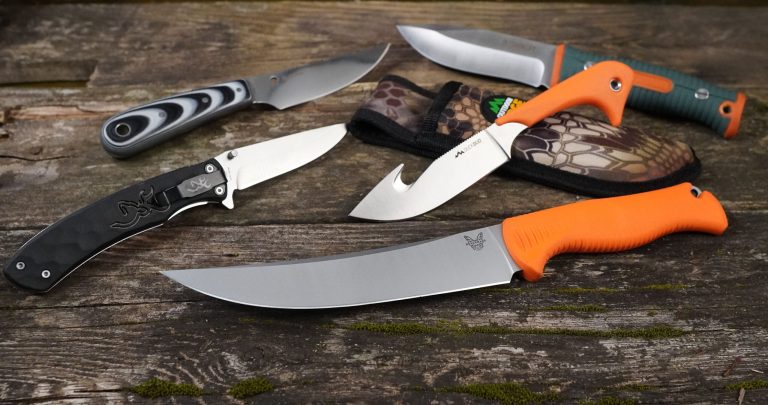
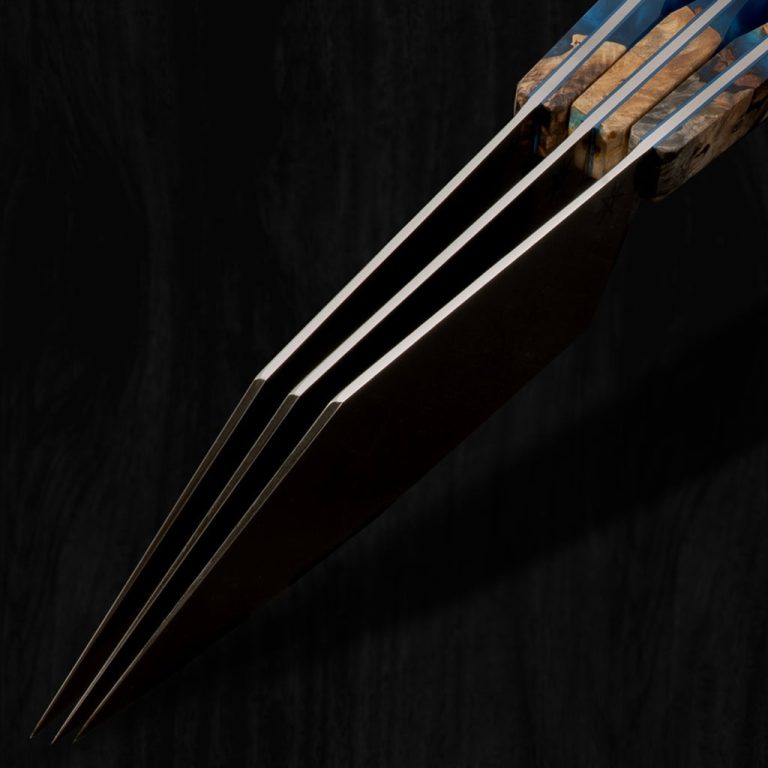
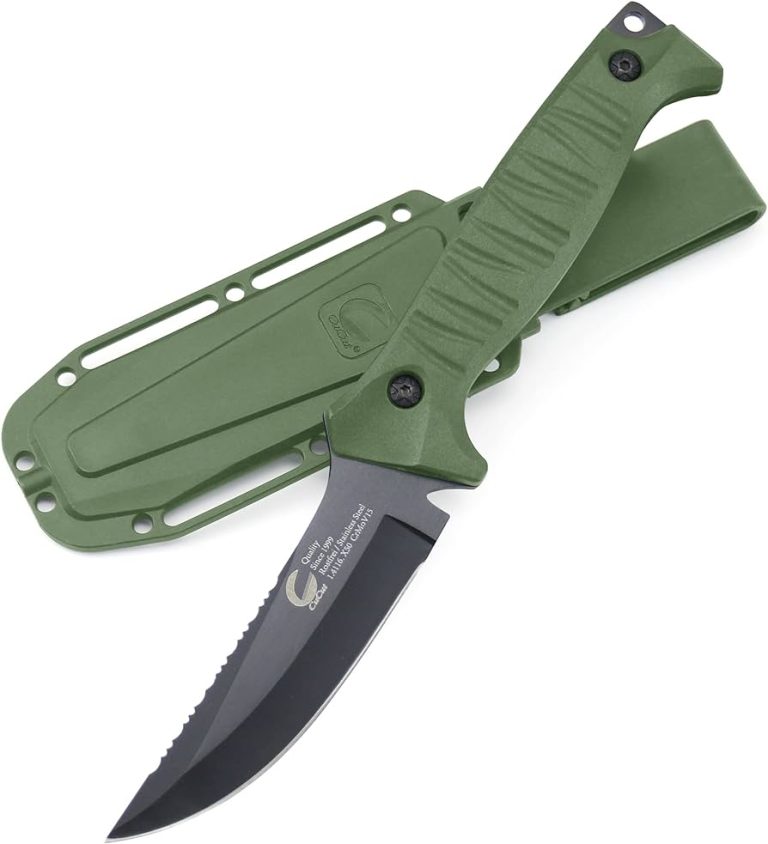
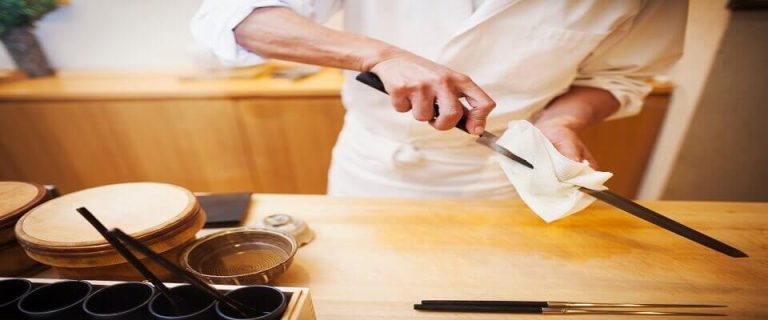
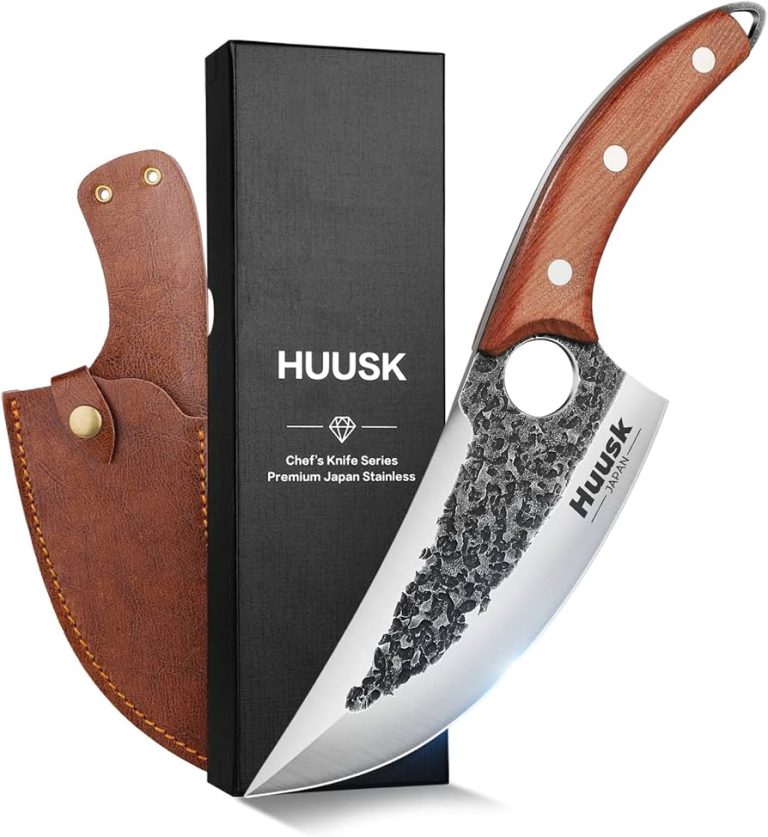
At least I know now I need survival knife not hunting knive
Thanks for info